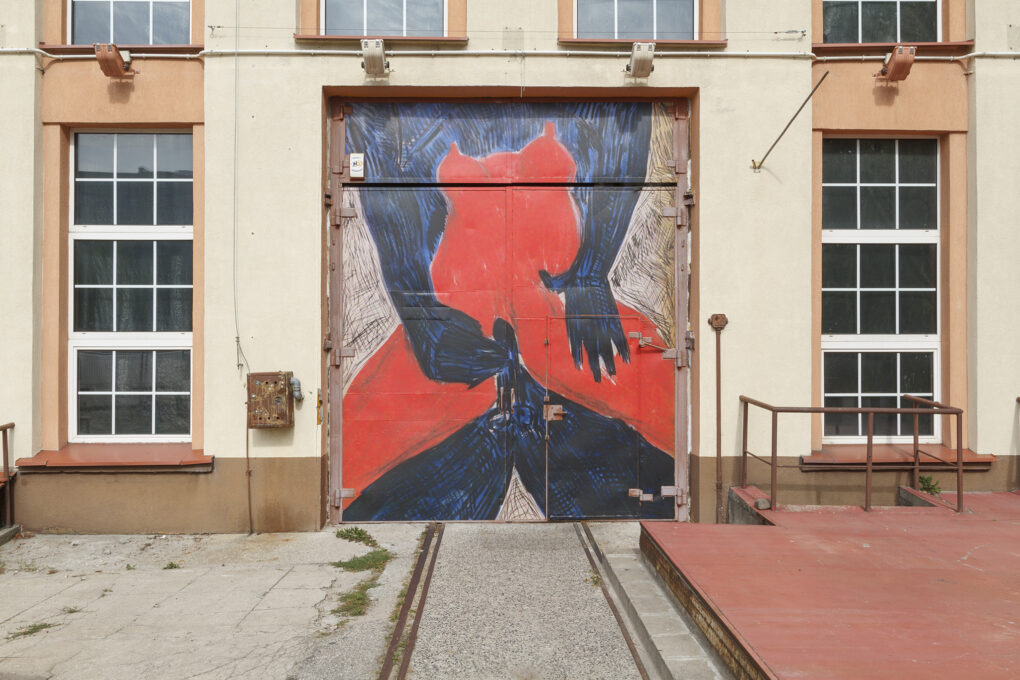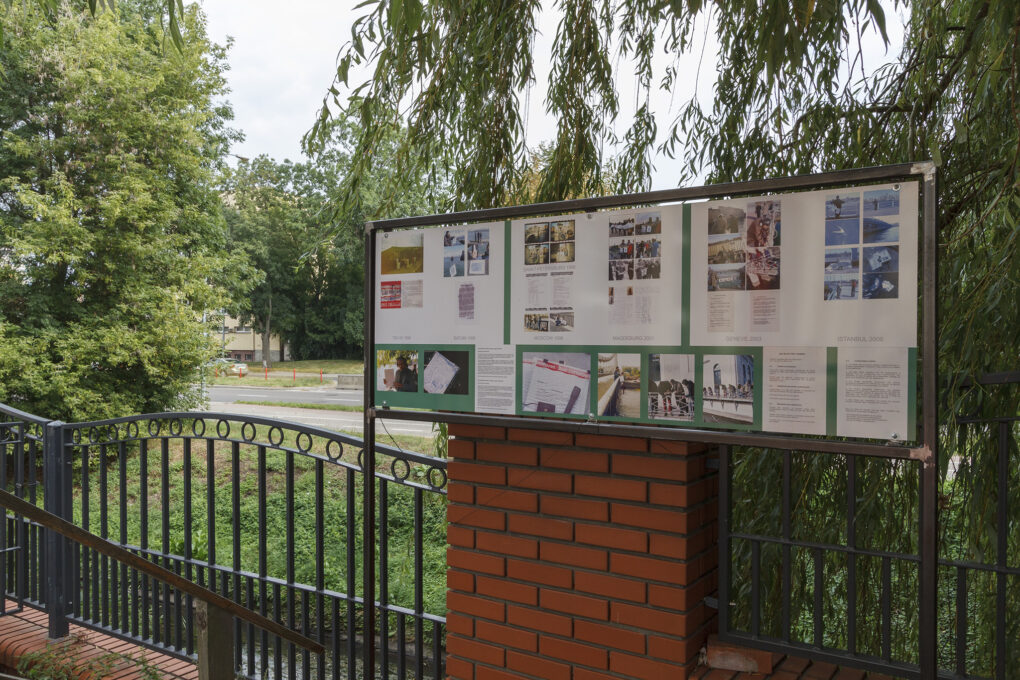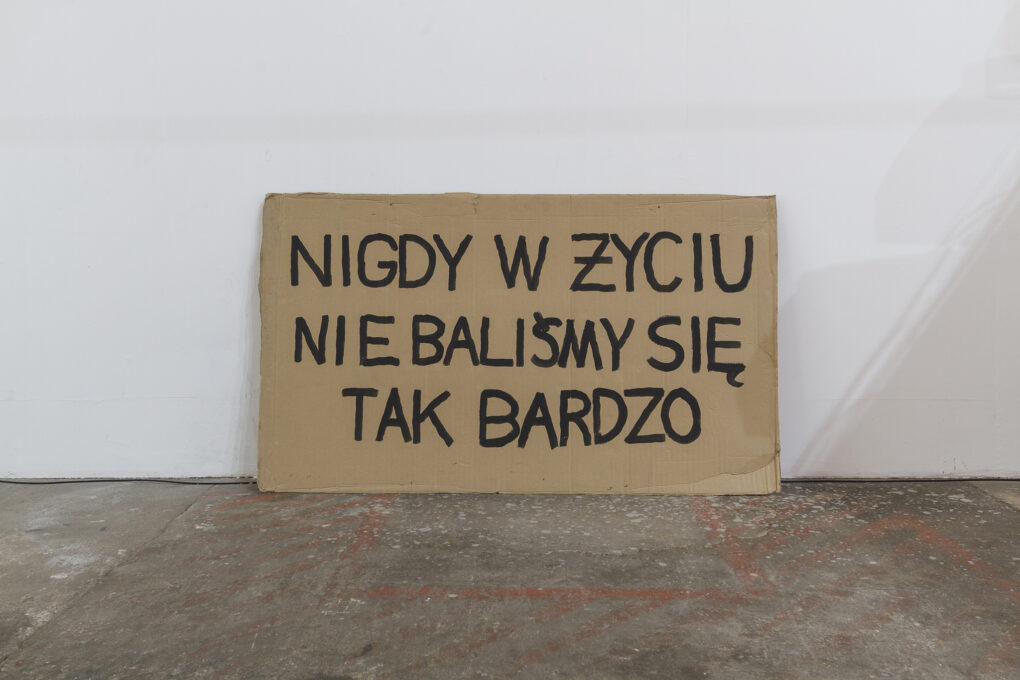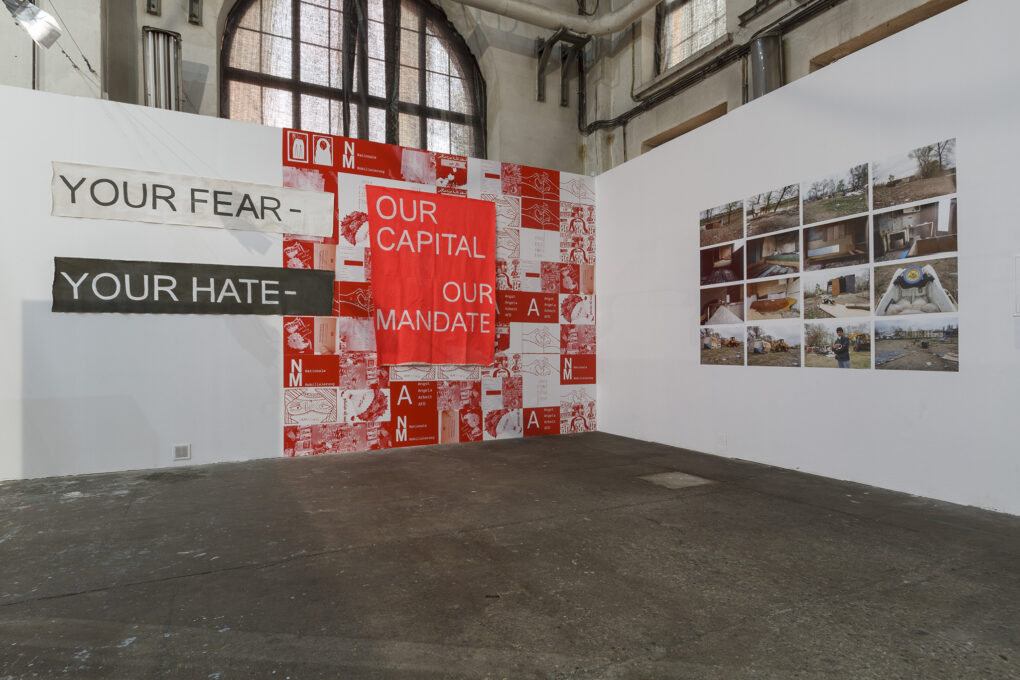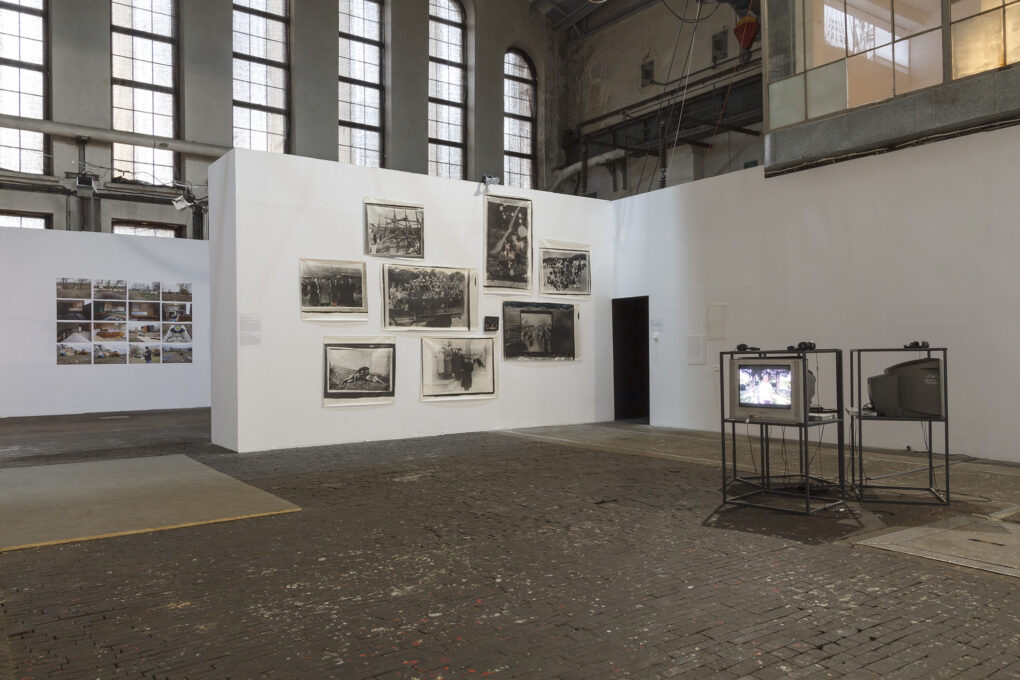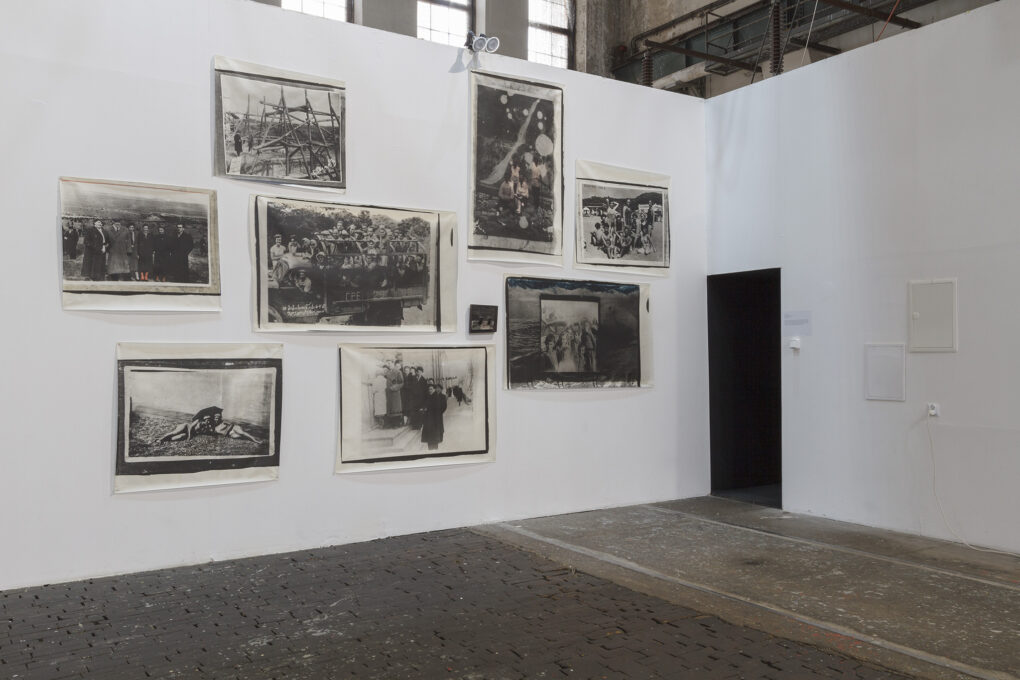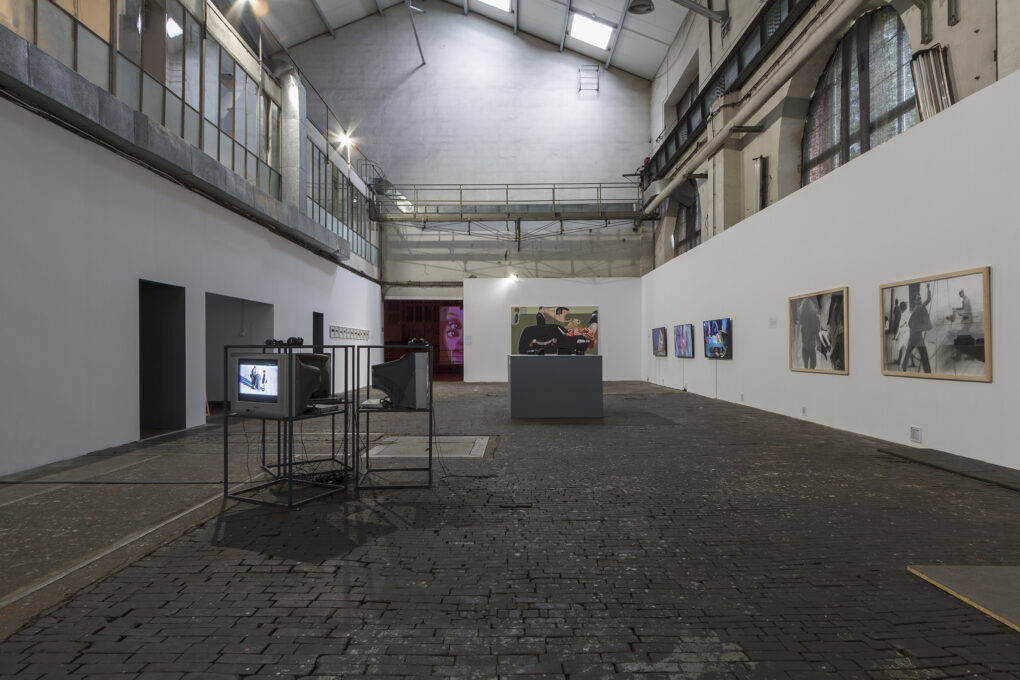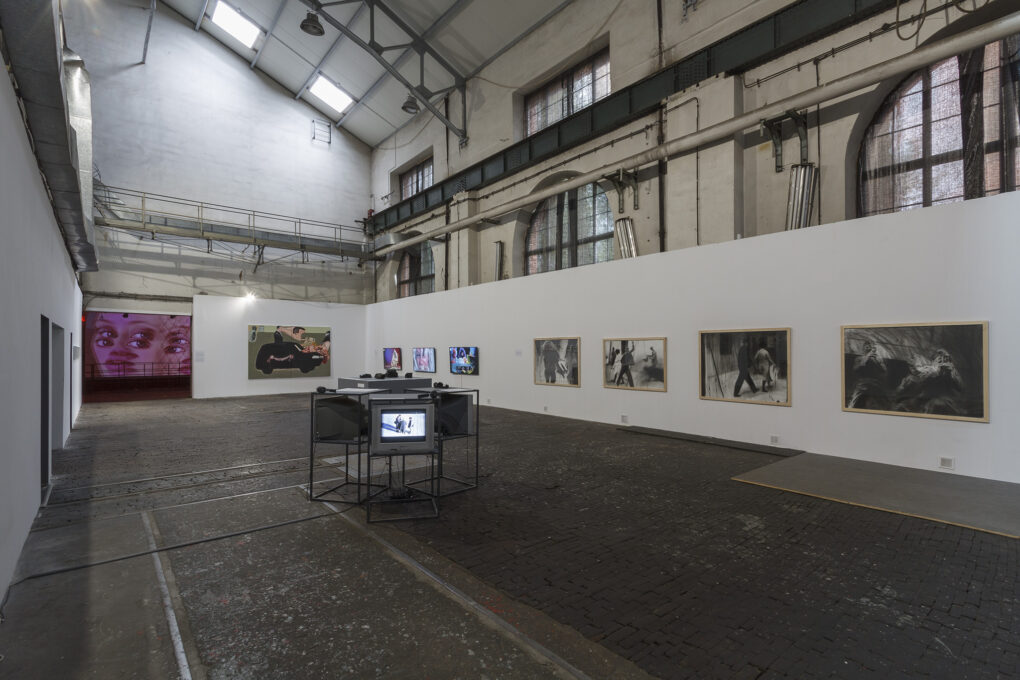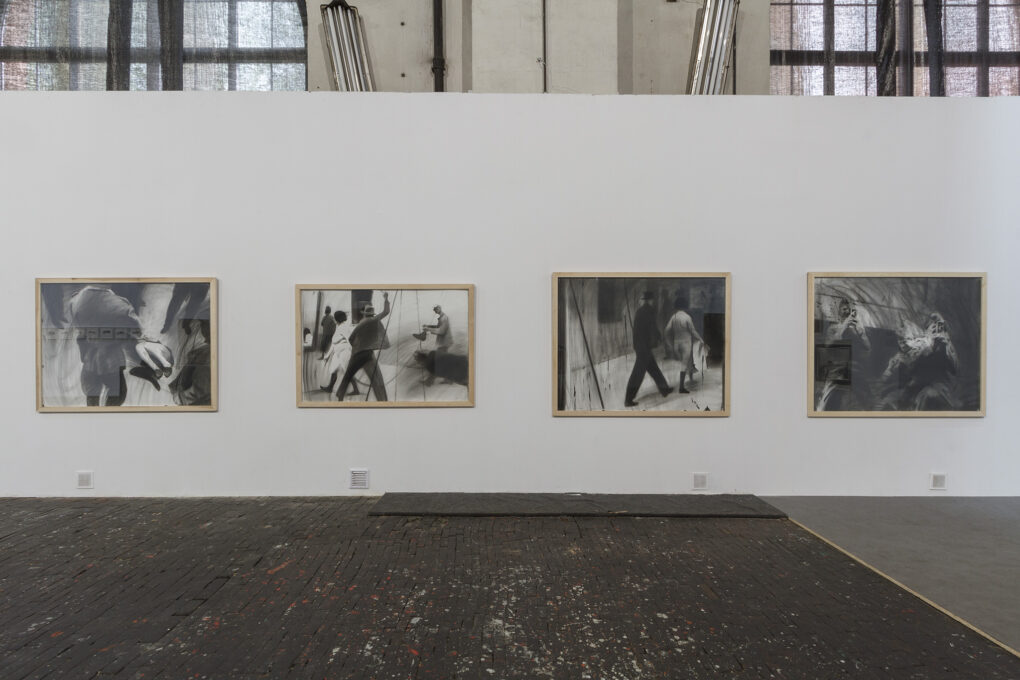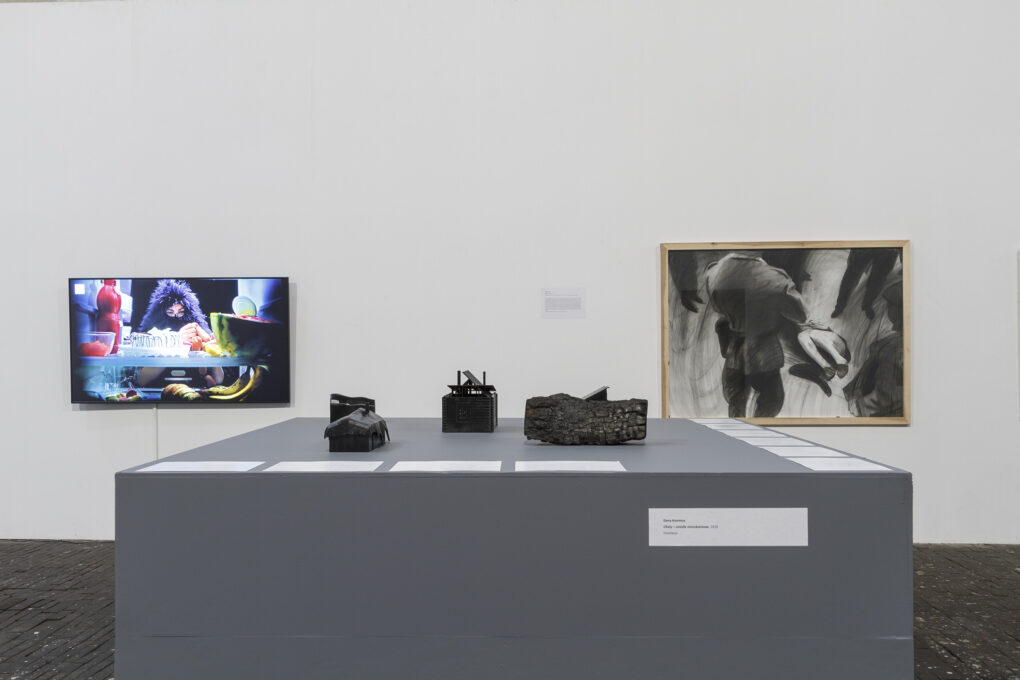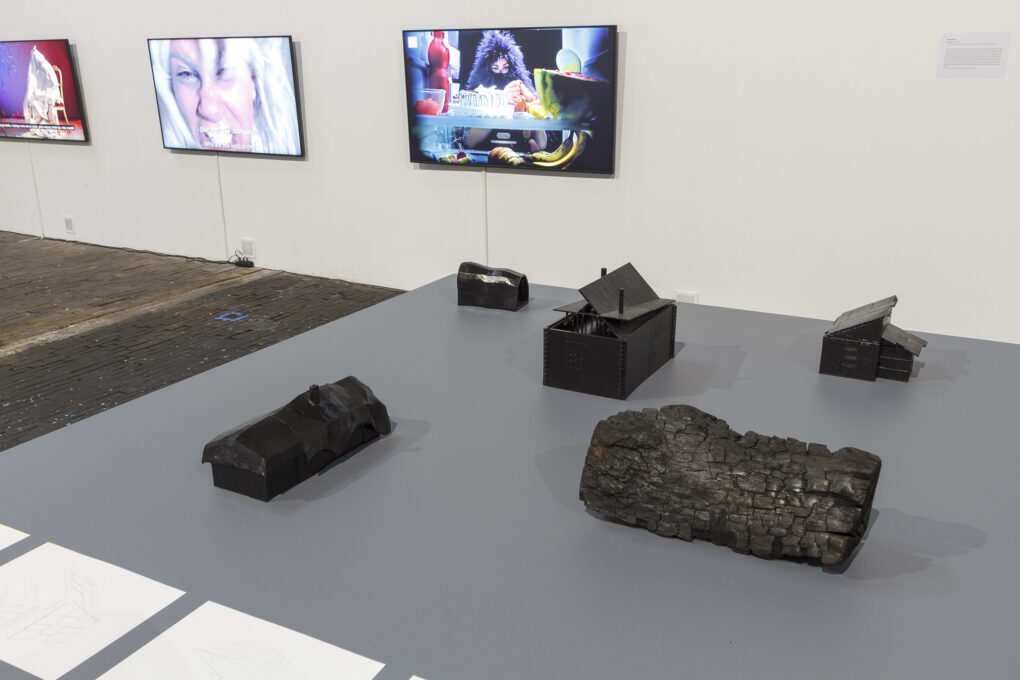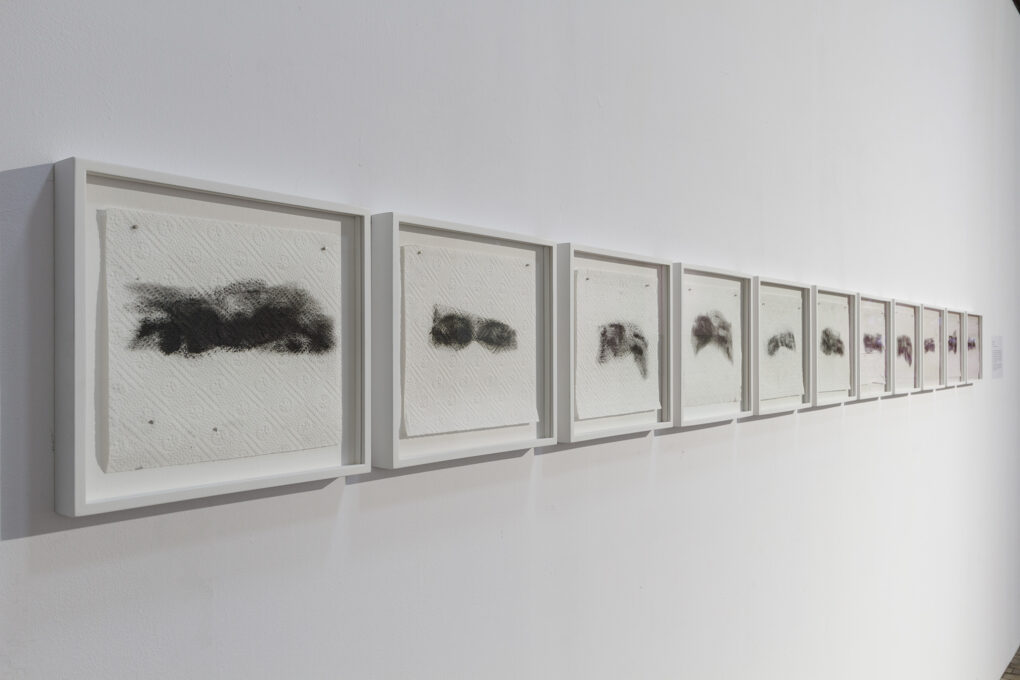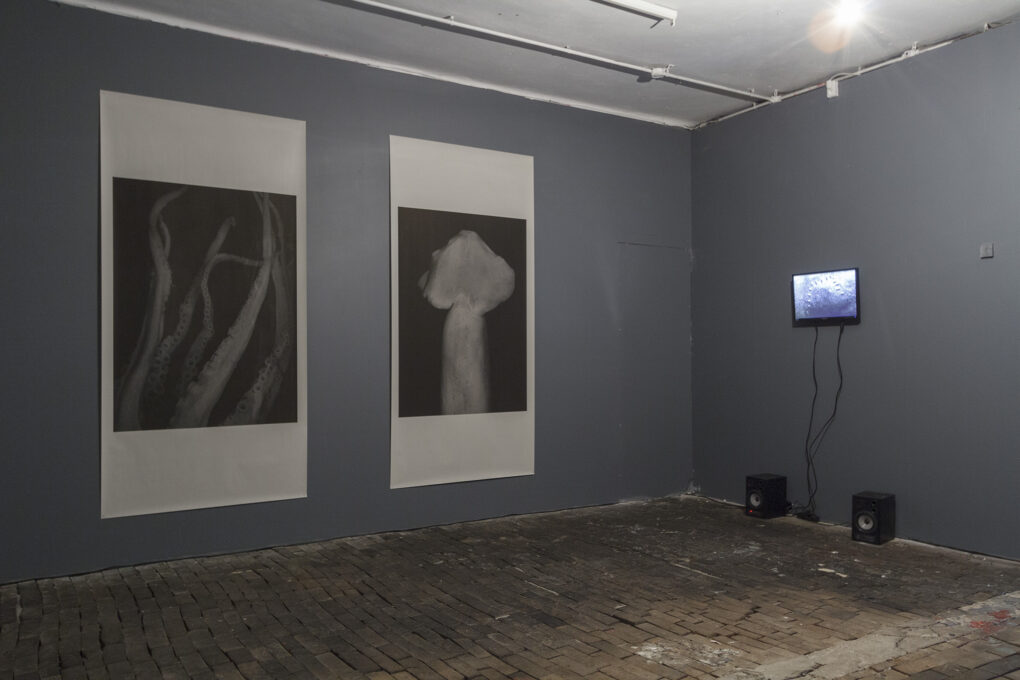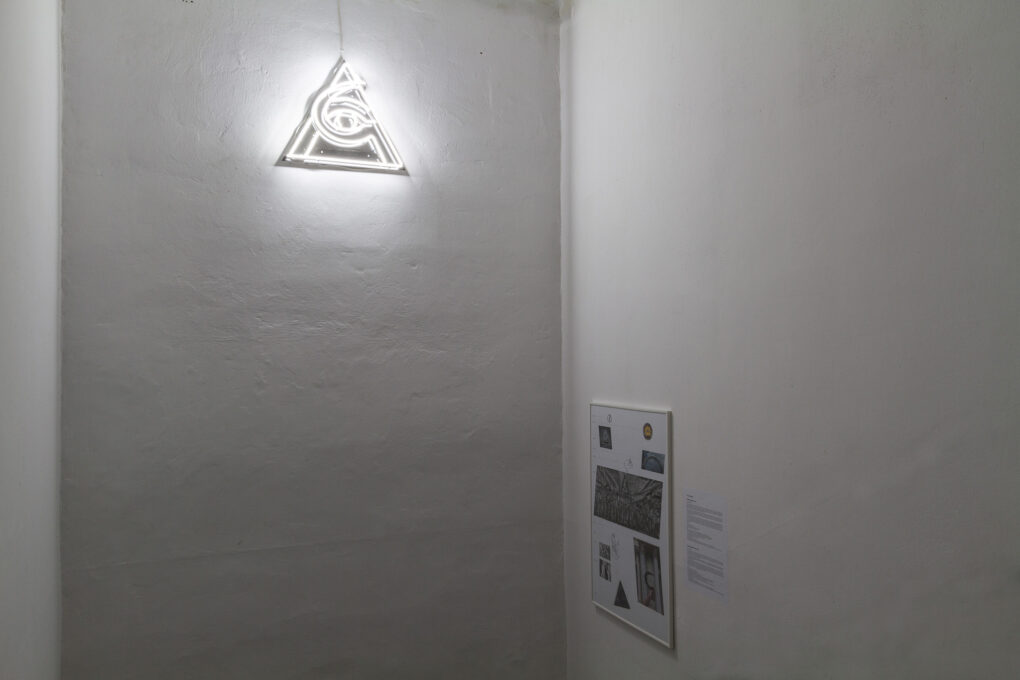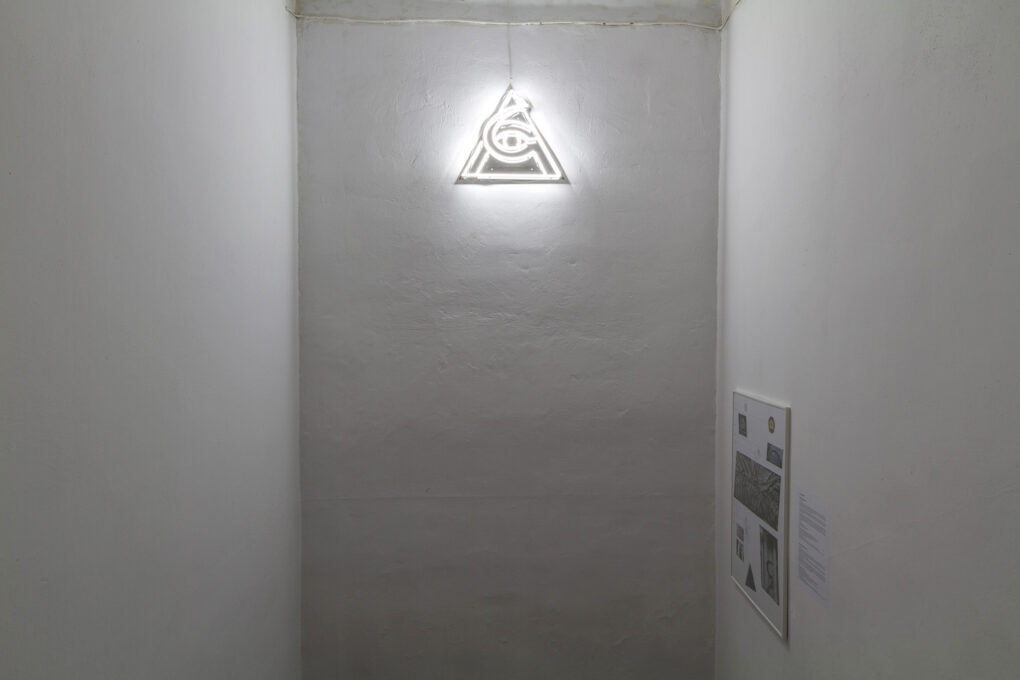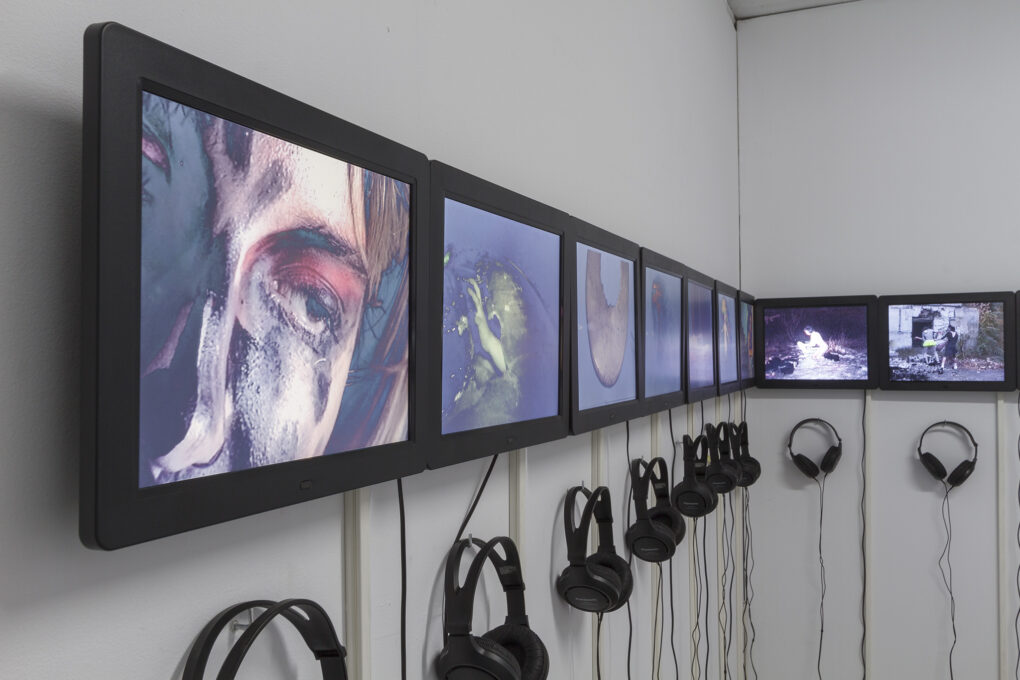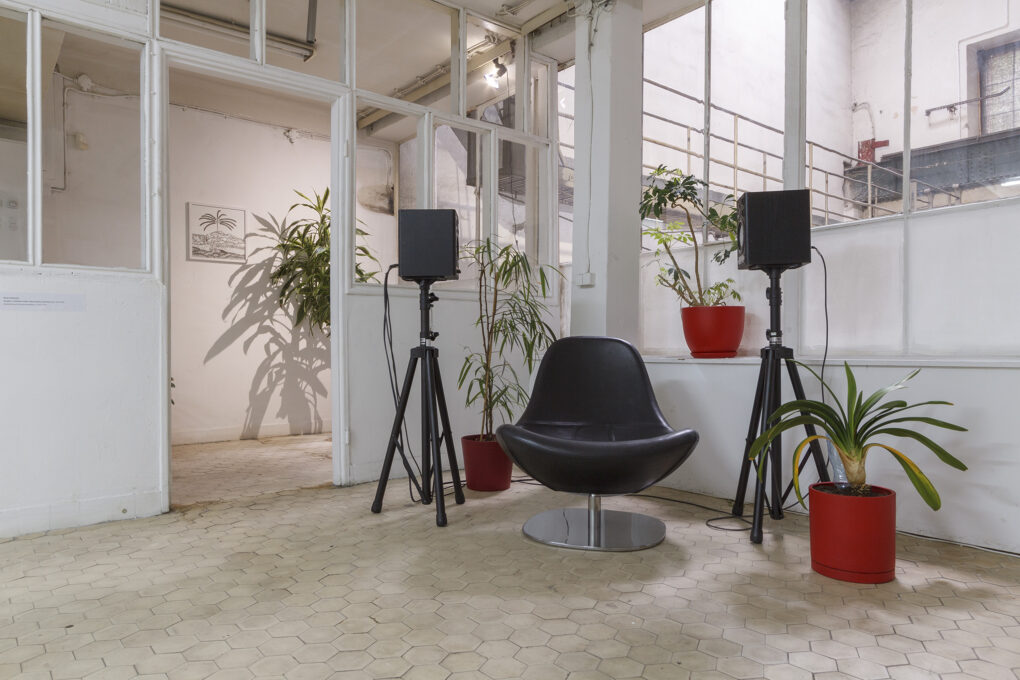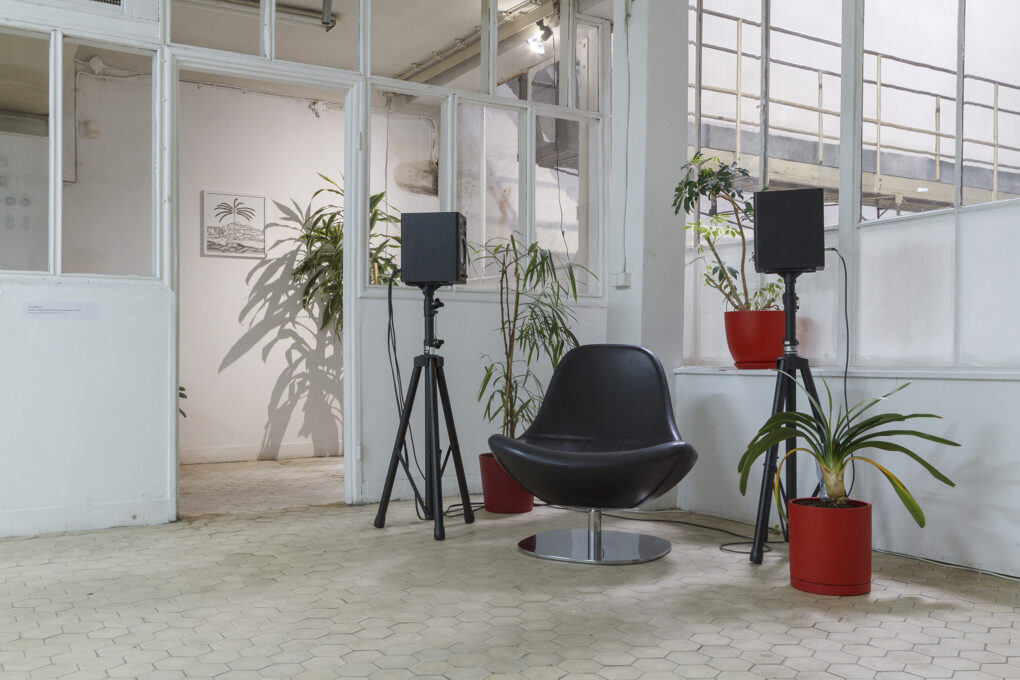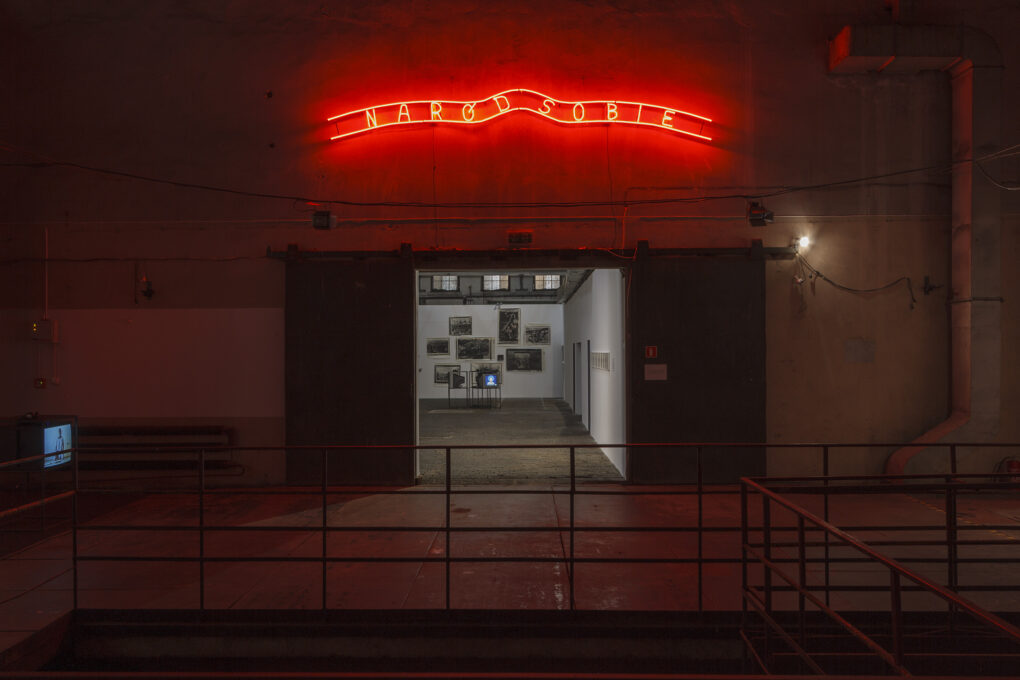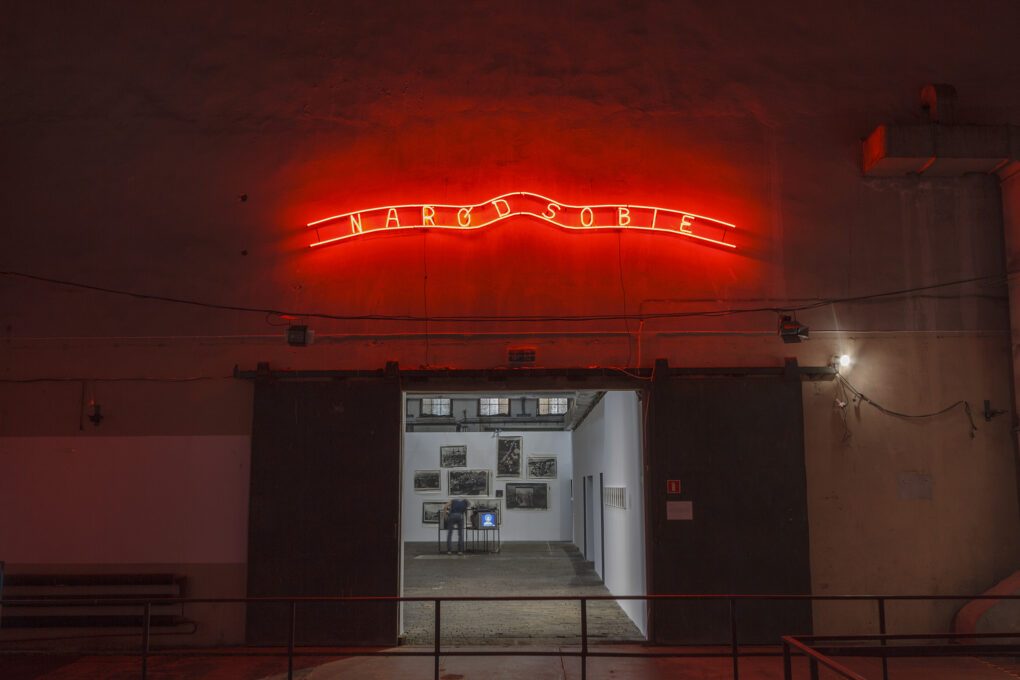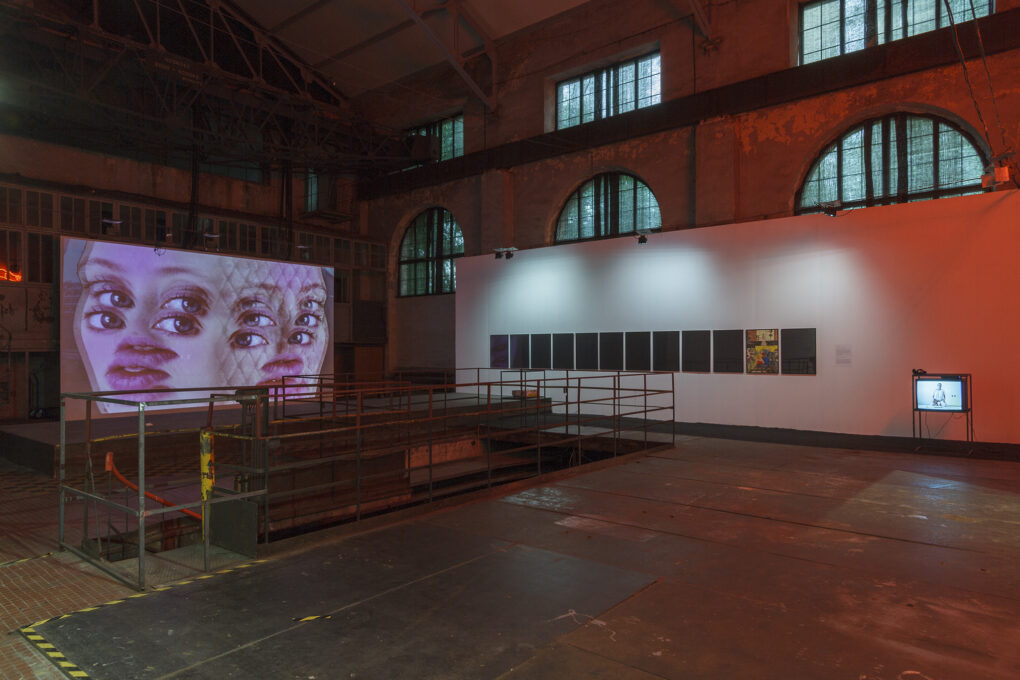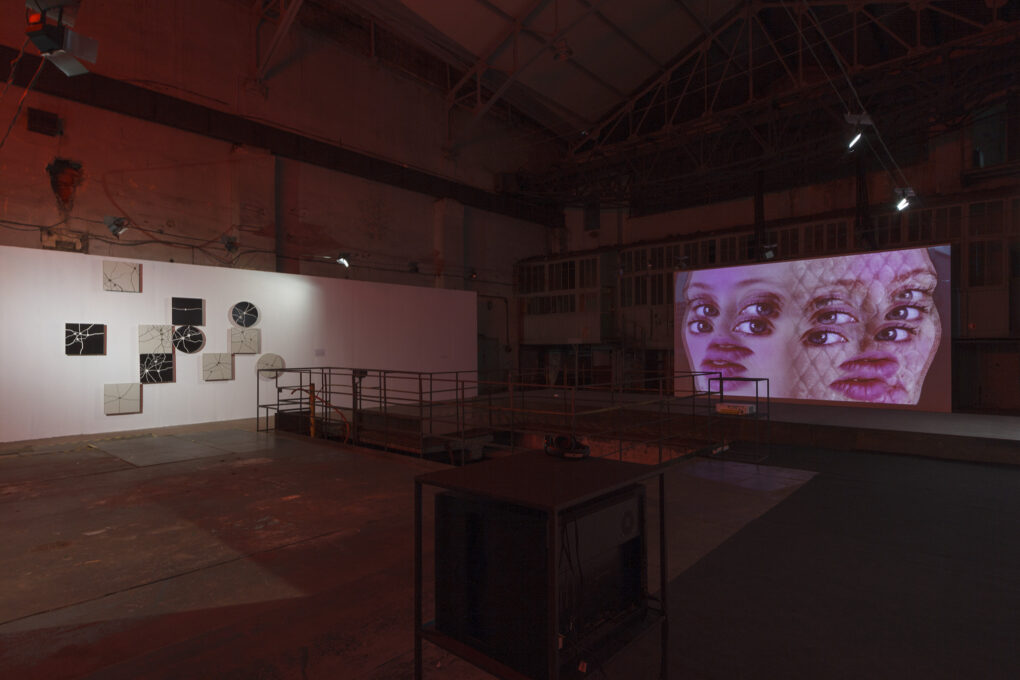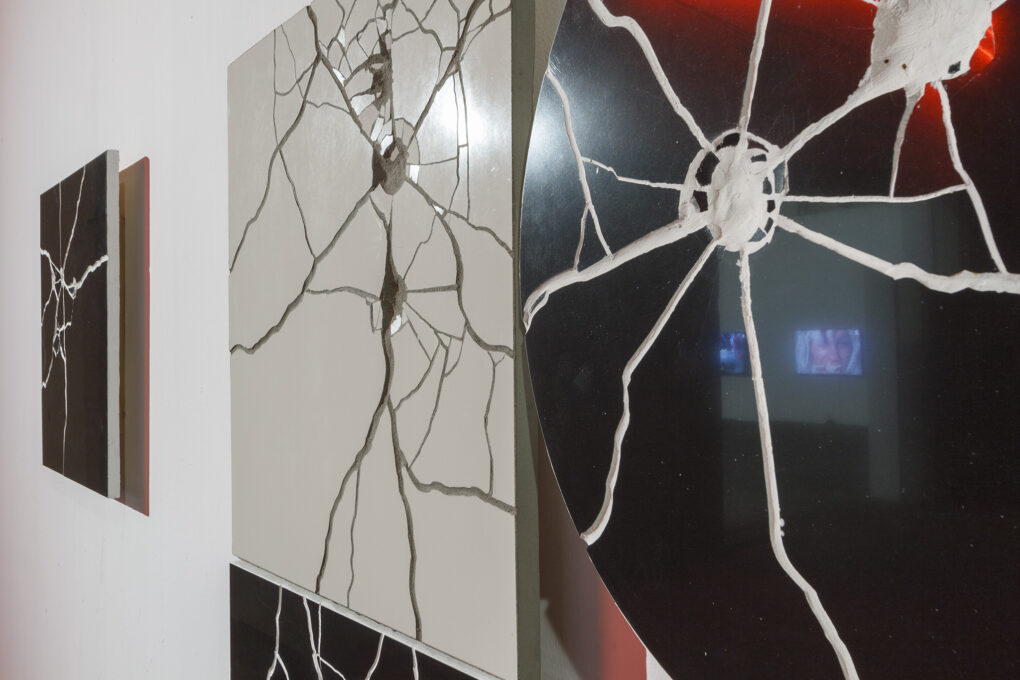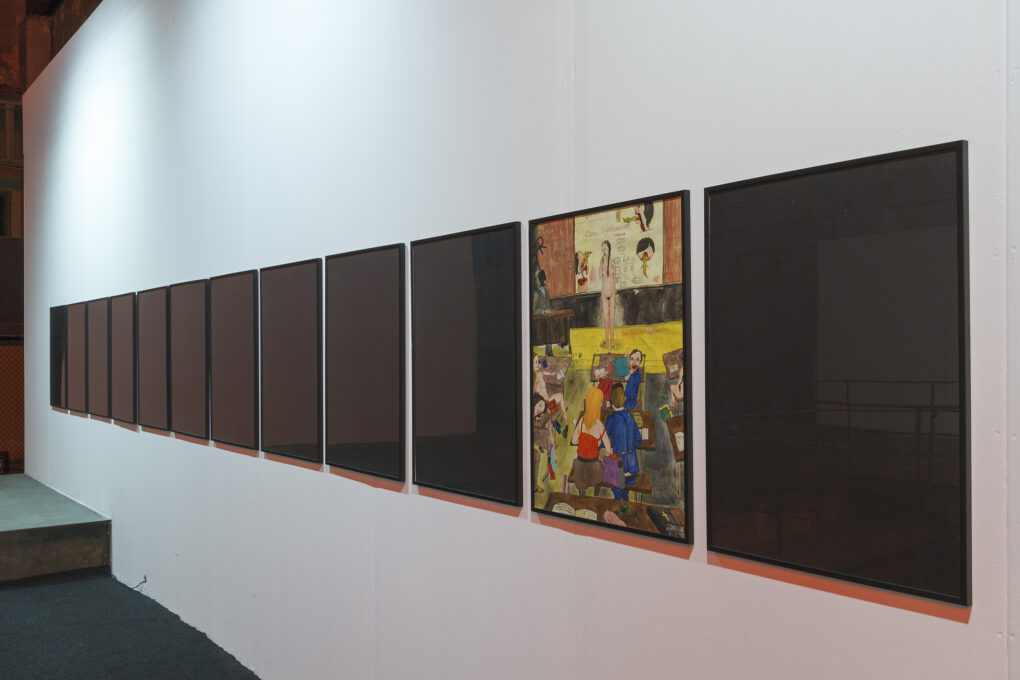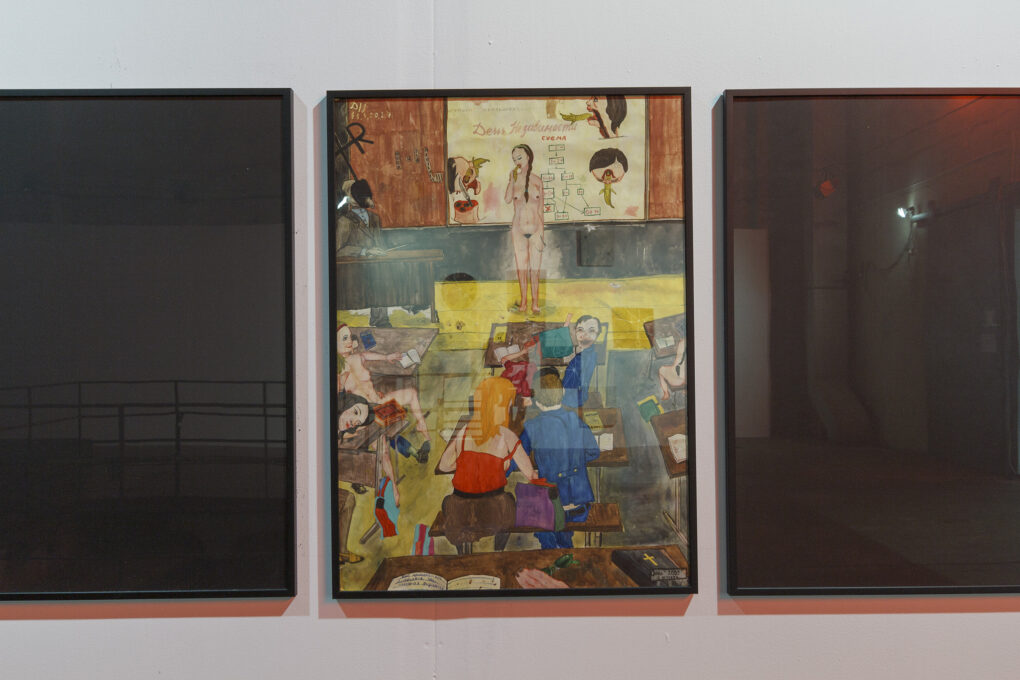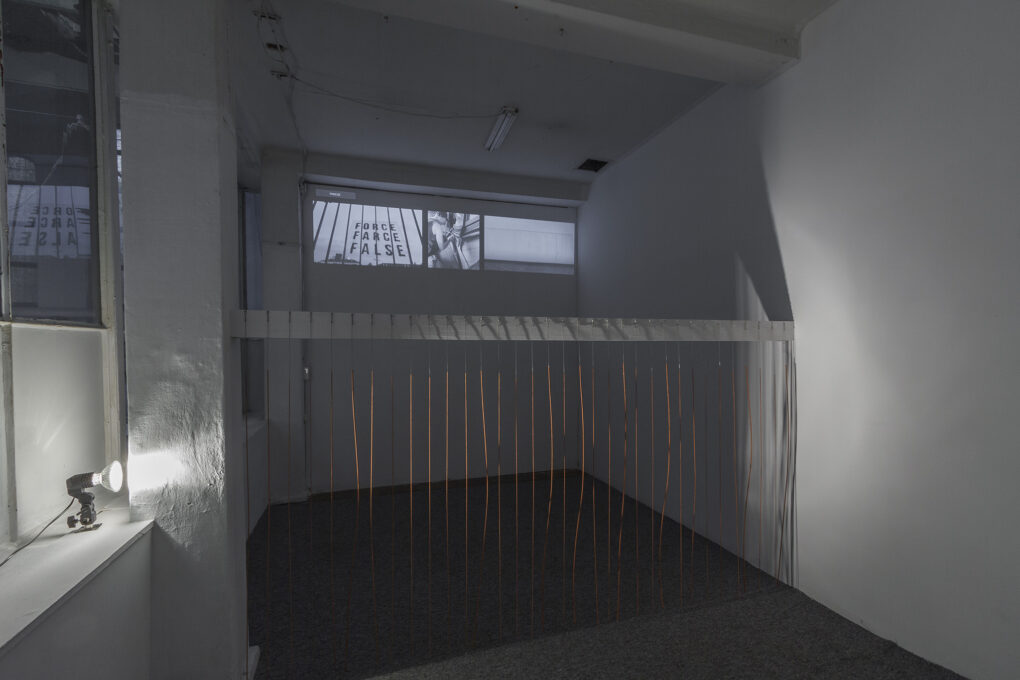FEAR
The intent behind the exhibition Fear is to analyse the title phenomenon, omnipresent locally, regionally and globally today. It would seem that progress of science and technological development ought to enable an improved sense of safety, a capacity to assess risk and threats, and overall efficiency in handling them. Why then do we increasingly often refer to a so-called “culture of fear”? Why has fear become an inseverable part of our daily life, holding sway over social imagination?
While theoretical and real threats occasionally converge, sometimes they drift apart. Every so often they are distant rather than direct – yet i.a. the media impact may make them seem familiar. How do they influence the actual content of fear, its form, extent of radicality, and manner of expressing it? Does fear have a paralysing effect, or spur us into action? Are potential reactions to fear emotional or rational?
Mental predispositions, gender, age, social class, education and upbringing, religion and faith, as well as individual experience and social norms may all be of paramount importance to what we are afraid of and/or how we react to fear. What other factors and processes influence the presence of and reactions to fear? Should we consider attempts at assessing contemporary reality essential – or should importance be attached to the perception, appraisal, or prognoses concerning the future?
The climate of anxiety, uncertainty, danger, the air of threat, sense of the unexpected or unpredictable, moral equivocality, atmosphere of distrust, exaggerated reactions, panic – what and who impacts the language and or symbols of the “culture of fear”? Does the omnipresence of fear in common public debate serve to tame the issue, build its awareness, normalise the language and symbols required for its interpretation – or does it make fear commonplace, clichéd, and prevalent? Or is possibly the reverse true: does the omnipresence of fear result in its escalation?
Control, regulation, management, faith in human agency, the value system – what impacts the level of fear and ways we handle it?
More and more frequently, fear determines our individual and collective experience. On the one hand, the phenomenon is global in nature. On the other, it would be worth our while to approach it through the prism of regional specifics and given geographical and cultural context. Is the form of fear impacted by historical-and-cultural conditioning? Can the structure of fear be in any way associated with the development of a new world order following the downfall of communism in Eastern Europe and in view of the condition of so-called post-communist countries? Is that structure thus governed by local/ global logic? Are there any fearless individuals out there? Is fear political? The exhibition seeks responses to such questions in a field highly sensitive to our reality – in the field of art.
Translated by Aleksandra Sobczak-Kövesi
EVENTS ACCOMPANYING THE “FEAR” EXHIBITION
August 14th–16th (Friday till Sunday), 04:00 till 08:00 p.m.
“Time Free from Hell”, staged sensory work developed as part of an art scholarship programme sponsored by the Mayor of the City of Białystok
Event corresponding with the exhibition “Fear”
Directed by: Kasia Hertz; written by: Olga Cielemęcka, Kasia Hertz; performers: Ewa Hubar, Justyna Kisielewska, Weronika Lewandowska, Natasza Topor, Anastazja Bernad, Magdalena Siemaszko; producer co-operation: Jan Szewczyk; executive film producer: Mikołaj Syguda; sound producer: Monika Pich
Free entry
August 21st 2020 (Friday), 06:00 p.m.
Opening of the “Fear” exhibition
Free entry
EXHIBITION AND ACCOMPANYING PROGRAMME delivered as part of the RISE OF EASTERN CULTURE/ ANOTHER DIMENSION FESTIVAL 2020
August 22nd 2020 (Saturday), 11:00 a.m.
Open discussion accompanying the “Fear” exhibition, preceded with a brief guided tour
Meeting participants: professor Michał Bilewicz, Magdalena Budziszewska, Ph.D., professor Przemysław Czapliński, professor Andrzej W. Nowak, selected artists participating in the exhibition, curator team.
Moderated by: Bogna Świątkowska
Free entry
Meeting held as part of the “Image Reading Room” cycle
EXHIBITION AND ACCOMPANYING PROGRAMME delivered as part of the RISE OF EASTERN CULTURE/ ANOTHER DIMENSION FESTIVAL 2020
September 3rd 2020 (Thursday), 06:00 p.m.
Meeting with Edwin Bendyk, with a focus on the book “In Poland, that is to Say: Nowhere. On the Downfall and Future of the World” (W Polsce, czyli wszędzie. Rzecz o upadku i przyszłości świata)
Moderated by: Katarzyna Sawicka-Mierzyńska
Free entry
Meeting held as part of the “City – Space – Community” cycle
September 5th 2020 (Saturday), 03:00 p.m.
Guided tour of the “Fear” exhibition in the Polish Sign Language, combined with workshop session
Moderated by: Daniel Kotowski
Free entry
Mandatory signup for the event; please e-mail j.bietkal@galeria-arsenal.pl.
September 26th 2020 (Saturday), 01:00 p.m.
Guided tour of the “Fear” exhibition in Belarussian
Guided by: Alina Wawrzeniuk
Free entry
October 1st-18th 2020
SEPPO workshops accompanying the “Fear” exhibition
Moderated by: Katarzyna Kida, Justyna Kołodko-Bietkał, Małgorzata Kopciewska, Aleksander Sakowicz, Eliza Urwanowicz-Rojecka, Justyna Zieniuk
Free entry
Mandatory signup for the event; please e-mail e.urwanowicz@galeria-arsenal.pl.
AntiGonna, A.R.Ch., Mirosław Bałka, Yevgenia Belorusets, Rafał Bujnowski, Hubert Czerepok, Anna Daučíková, Zhanna Gladko, Kote Jincharadze, Nikita Kadan, Zhanna Kadyrova, Aleksei Kazantsev, Alina Kleytman, Dana Kosmina, Tamar Nadiradze, Marina Naprushkina, Ara Petrosyan, Agnieszka Polska, Vlada Ralko, Guia Rigvava, Sergey Shabohin, Guram Tsibakhashvili, Alesia Zhitkevich, Natalia Vatsadze & Ekaterine Ketsbaia, Paweł Żukowski

PLAN YOUR VISIT
Opening times:
Thuesday – Sunday
10:00-18:00
Last admission
to exhibition is at:
17.30
